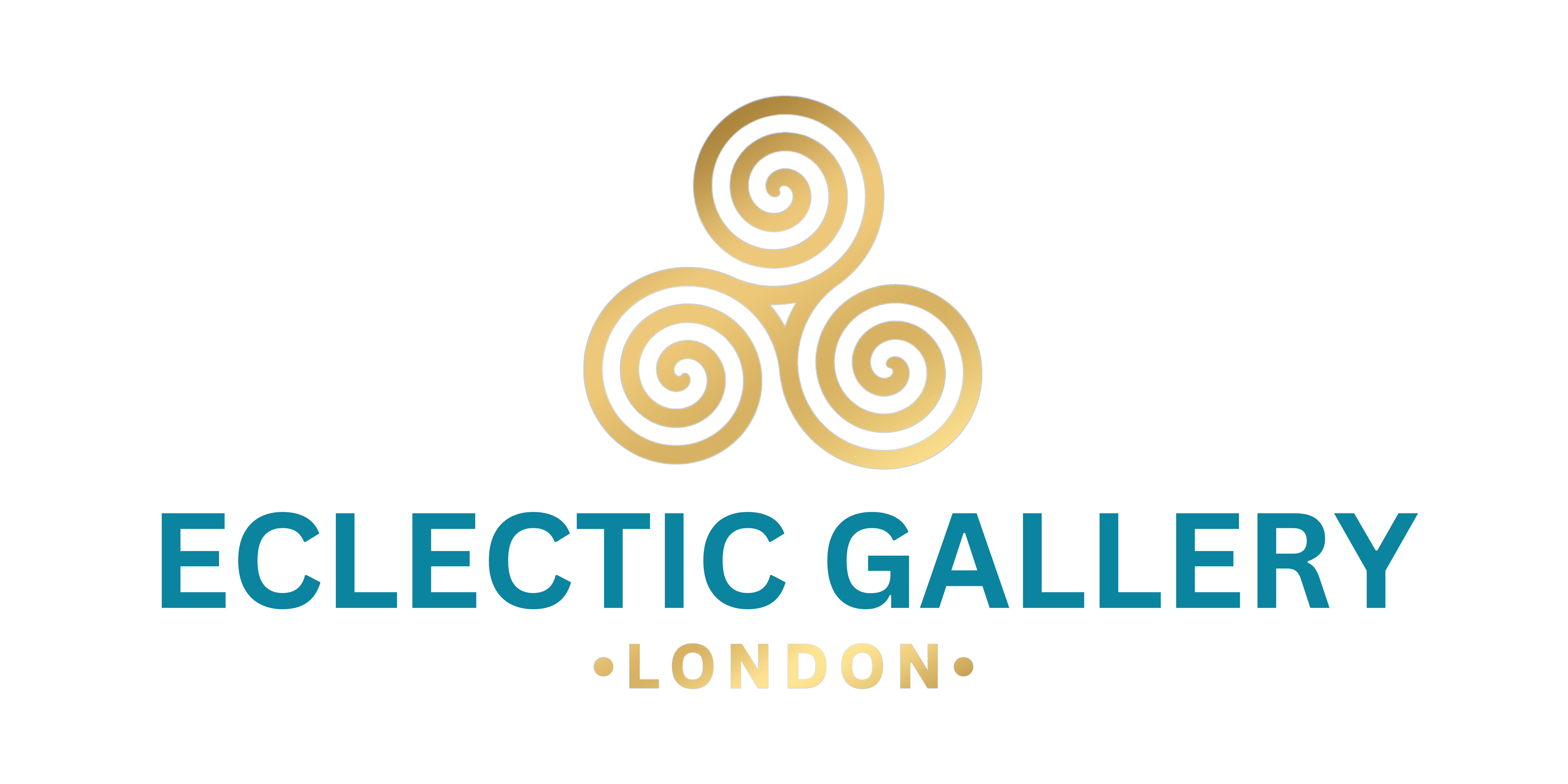Art for All: Making the Gallery Experience Accessible
Unlocking the Beauty of Art: Making Galleries Accessible to All
In the vibrant world of art, accessibility is key to ensuring that everyone can experience its beauty and significance. At Eclectic Gallery, our commitment is to reach out to as many people as possible, striving to make art accessible to everyone. In this article, we explore the importance of making art and galleries more accessible and share valuable insights on achieving this goal.
Accessible art transcends barriers, embracing diversity and inclusivity. It means making art available to individuals of all backgrounds, abilities, and ages. To achieve this, one can start by ensuring physical accessibility in galleries, such as ramps, elevators, and clear signage for easy navigation.
Visual art can also be made accessible through various means, like providing audio descriptions or braille labels for the visually impaired. Additionally, offering online exhibitions and virtual tours allows art enthusiasts worldwide to engage with your collections.
The significance of accessibility in art cannot be overstated. It enriches our culture, fosters creativity, and promotes social cohesion. Accessible galleries not only benefit artists by expanding their audience but also enhance the overall cultural landscape of a community.
Visiting galleries has its perks. It encourages a deeper understanding of art, stimulates creativity, and offers a unique form of relaxation. Galleries provide a space for quiet contemplation and a break from the digital world, promoting mental well-being.
In our pursuit of inclusivity, museums can take inspiration from best practices for visually impaired visitors. Offering tactile exhibits, audio guides, and guided tours tailored to their needs ensures an enriching experience for all.
Art exhibitions can attract more visitors by embracing innovation, such as augmented reality (AR) or virtual reality (VR) experiences. These technologies open up new avenues for exploring art from diverse perspectives.
One innovative approach is seeing museums through the eyes of the blind. Through sensory exhibits and guided tours focused on touch and sound, museums can create a more immersive experience.
Lastly, visually impaired individuals enjoy art through tactile exploration, audio descriptions, and engaging with art educators who can provide valuable insights and context.
In conclusion, accessibility in art and galleries is a vital endeavor that enriches lives and fosters inclusivity. At Eclectic Gallery, we are dedicated to ensuring that art truly becomes "Art for All," and we invite you to join us on this enriching journey.
September 9, 2023

